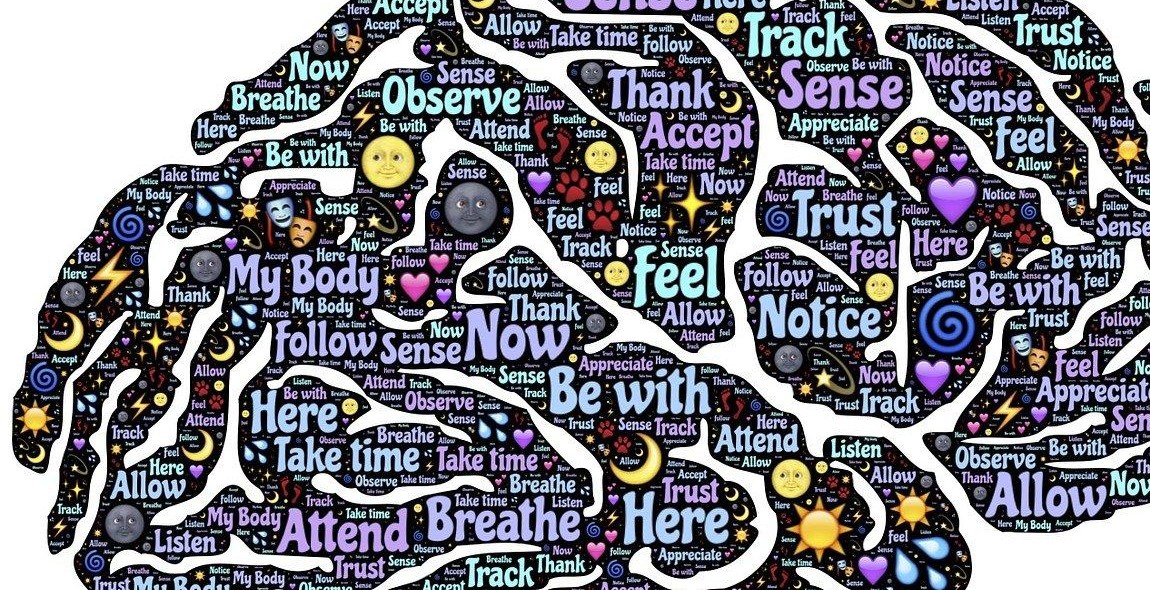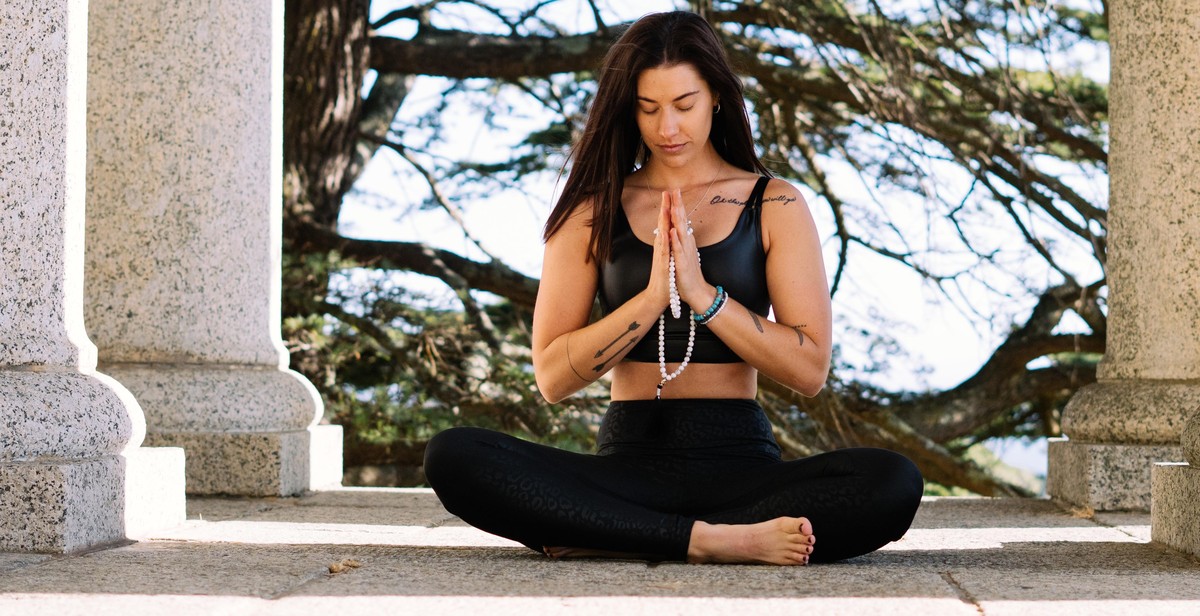How to Start a Mindfulness Meditation Practice
Do you feel overwhelmed with stress and anxiety? Are you constantly worried about the past or the future? Mindfulness meditation is a practice that can help you live in the present moment and reduce stress. It is a form of meditation that focuses on developing awareness of the present moment, without judgment.
What is Mindfulness Meditation?
Mindfulness meditation is a technique that involves paying attention to the present moment. It is a form of meditation that focuses on developing awareness of the present moment, without judgment. The practice involves paying attention to your breath, body sensations, thoughts, and emotions. It is a way to train your mind to be more focused and less distracted.
During mindfulness meditation, you learn to observe your thoughts and feelings without judgment. You become more aware of your thoughts and feelings, and you learn to let them go without reacting to them. This helps you to develop a more positive outlook on life, reduce stress, and improve your overall well-being.
Why Practice Mindfulness Meditation?
Mindfulness meditation has numerous benefits for both your mental and physical health. Studies have shown that mindfulness meditation can:
- Reduce stress and anxiety
- Improve sleep quality
- Reduce symptoms of depression
- Improve focus and concentration
- Lower blood pressure
- Reduce chronic pain
These are just a few of the many benefits of mindfulness meditation. If you are looking to reduce stress and improve your overall well-being, then mindfulness meditation may be the practice for you. In the next sections, we will guide you through the steps to start your own mindfulness meditation practice.

Getting Started with Mindfulness Meditation
Mindfulness meditation is a powerful practice that can help you manage stress, improve your focus, and cultivate a greater sense of calm and clarity in your life. If you’re new to meditation, getting started can feel overwhelming. But with a few simple steps, you can create a practice that works for you.
Setting Up Your Practice Space
Creating a dedicated space for your meditation practice can help you stay focused and consistent. Find a quiet, comfortable spot in your home where you can sit undisturbed for a few minutes each day. You might consider adding a cushion or meditation bench to your space to help you sit comfortably.
Choosing a Time to Practice
Consistency is key when it comes to meditation. Choose a time of day when you’re least likely to be interrupted or distracted. Many people find that practicing first thing in the morning or just before bed works well for them. But ultimately, the best time to meditate is the time that works best for you.
Finding a Comfortable Posture
There’s no one “right” way to sit for meditation, but it’s important to find a posture that feels comfortable and sustainable for you. You might try sitting cross-legged on a cushion or bench, or sitting on a chair with your feet flat on the ground. Keep your back straight and your shoulders relaxed, and rest your hands on your knees or in your lap.
Remember, mindfulness meditation is a practice, and like any practice, it takes time and patience to develop. Be gentle with yourself, and don’t worry if your mind wanders or you feel restless at first. With consistent practice, you’ll begin to experience the many benefits of mindfulness meditation.

The Basics of Mindfulness Meditation
Mindfulness meditation is a powerful tool that can help you manage stress, improve your focus, and increase your overall well-being. Here are the basic steps to get started:
1. Focusing on Your Breath
The first step in mindfulness meditation is to focus on your breath. Find a quiet and comfortable place to sit, and close your eyes. Take a few deep breaths and then let your breath settle into its natural rhythm. Pay attention to the sensation of your breath as it moves in and out of your body.
2. Noticing Your Thoughts
As you focus on your breath, you may notice thoughts popping up in your mind. This is normal and natural. Don’t try to push your thoughts away or judge them. Simply notice them and let them go. Imagine your thoughts as clouds passing by in the sky.
3. Bringing Your Attention Back to Your Breath
When you notice your thoughts, gently bring your attention back to your breath. You can count your breaths or simply focus on the sensation of your breath moving in and out of your body. If you find your mind wandering, don’t worry. Just gently bring your attention back to your breath.
By practicing mindfulness meditation regularly, you can train your mind to be more focused and present in the moment. This can help you manage stress, improve your relationships, and increase your overall well-being.

Dealing with Distractions
Distractions are an inevitable part of any mindfulness meditation practice. The key is not to get frustrated or discouraged when they arise, but rather to recognize and acknowledge them, let them go, and return to your breath.
Recognizing and Acknowledging Distractions
The first step in dealing with distractions is to recognize and acknowledge them. This means becoming aware of any thoughts, feelings, or physical sensations that are pulling your attention away from your breath. Don’t try to push these distractions away or ignore them; instead, simply notice them and acknowledge their presence.
One helpful technique for recognizing and acknowledging distractions is to label them. For example, if you notice your mind wandering, you might say to yourself, “thinking,” and then gently bring your attention back to your breath.
Letting Go of Distractions
Once you’ve recognized and acknowledged a distraction, the next step is to let it go. This means not getting caught up in the distraction or trying to solve whatever problem it might be presenting. Instead, simply let it pass by and return your attention to your breath.
Letting go of distractions can be challenging, especially if they are particularly strong or persistent. But with practice, you can learn to cultivate a sense of detachment from your thoughts and feelings, allowing them to come and go without getting caught up in them.
Returning to Your Breath
The final step in dealing with distractions is to return to your breath. This means bringing your attention back to the physical sensation of breathing, and focusing on the rise and fall of your belly or the feeling of air moving in and out of your nostrils.
Returning to your breath can be a powerful anchor for your attention, helping you to stay present and focused in the moment. If you find yourself getting caught up in distractions again and again, simply return to your breath each time, with patience and compassion for yourself.
Remember, dealing with distractions is an ongoing process that requires patience, practice, and persistence. But with time and dedication, you can learn to cultivate a more focused and peaceful mind through your mindfulness meditation practice.
Building Your Practice
Starting a mindfulness meditation practice can be intimidating, but it’s important to remember that you don’t have to start big. In fact, starting small is often the key to building a sustainable practice. Begin by setting aside just a few minutes each day to meditate. This could be as little as five minutes, or as much as ten. The important thing is to make it a daily habit.
As you become more comfortable with your practice, you can begin to increase the amount of time you spend meditating. Aim to add an additional minute or two to your practice each week. This gradual increase will help you avoid burnout and ensure that your practice remains enjoyable and sustainable.
Increasing Your Practice Time
If you’re looking to build a more robust mindfulness meditation practice, there are a few strategies you can use to increase the amount of time you spend meditating each day. One effective approach is to break your practice up into smaller chunks. Instead of meditating for 20 or 30 minutes at a time, try meditating for 10 minutes in the morning and another 10 minutes in the evening. This can make it easier to fit your practice into your busy schedule.
Another effective approach is to set aside a specific time each day for your practice. This could be first thing in the morning, during your lunch break, or before bed. By making your practice a non-negotiable part of your daily routine, you’ll be more likely to stick with it.
Incorporating Mindfulness into Your Daily Life
While sitting meditation is an important part of building a mindfulness practice, it’s also important to incorporate mindfulness into your daily life. This means paying attention to the present moment and being fully engaged in whatever you’re doing, whether it’s washing the dishes, walking the dog, or having a conversation with a friend.
To incorporate mindfulness into your daily life, try to be present in the moment as much as possible. This means avoiding distractions like your phone or TV while you’re engaged in an activity, and focusing your attention fully on what you’re doing. You can also try practicing mindfulness while you’re waiting in line, commuting to work, or doing other routine tasks. By making mindfulness a part of your daily life, you’ll find that it becomes easier to maintain a regular meditation practice.

Conclusion
Mindfulness meditation is a powerful tool that can help you find peace and clarity in your life. By following the steps outlined in this guide, you can start your own mindfulness meditation practice and experience the many benefits it has to offer.
Remember These Key Points
- Start small and be consistent with your practice
- Choose a quiet and comfortable space to meditate
- Focus on your breath and observe your thoughts without judgment
- Use guided meditations or apps to help you get started
- Be patient and kind to yourself as you develop your practice
The Benefits of Mindfulness Meditation
Regular mindfulness meditation practice has been shown to have many benefits, including:
| Reduced stress and anxiety | Better sleep | Improved focus and concentration |
| Increased self-awareness | Enhanced emotional regulation | Improved relationships |
Take Action Today
If you’re interested in starting a mindfulness meditation practice, there’s no time like the present. Follow the steps outlined in this guide, and remember to be patient and kind to yourself as you develop your practice. With time and dedication, you can experience the many benefits of mindfulness meditation in your own life.
